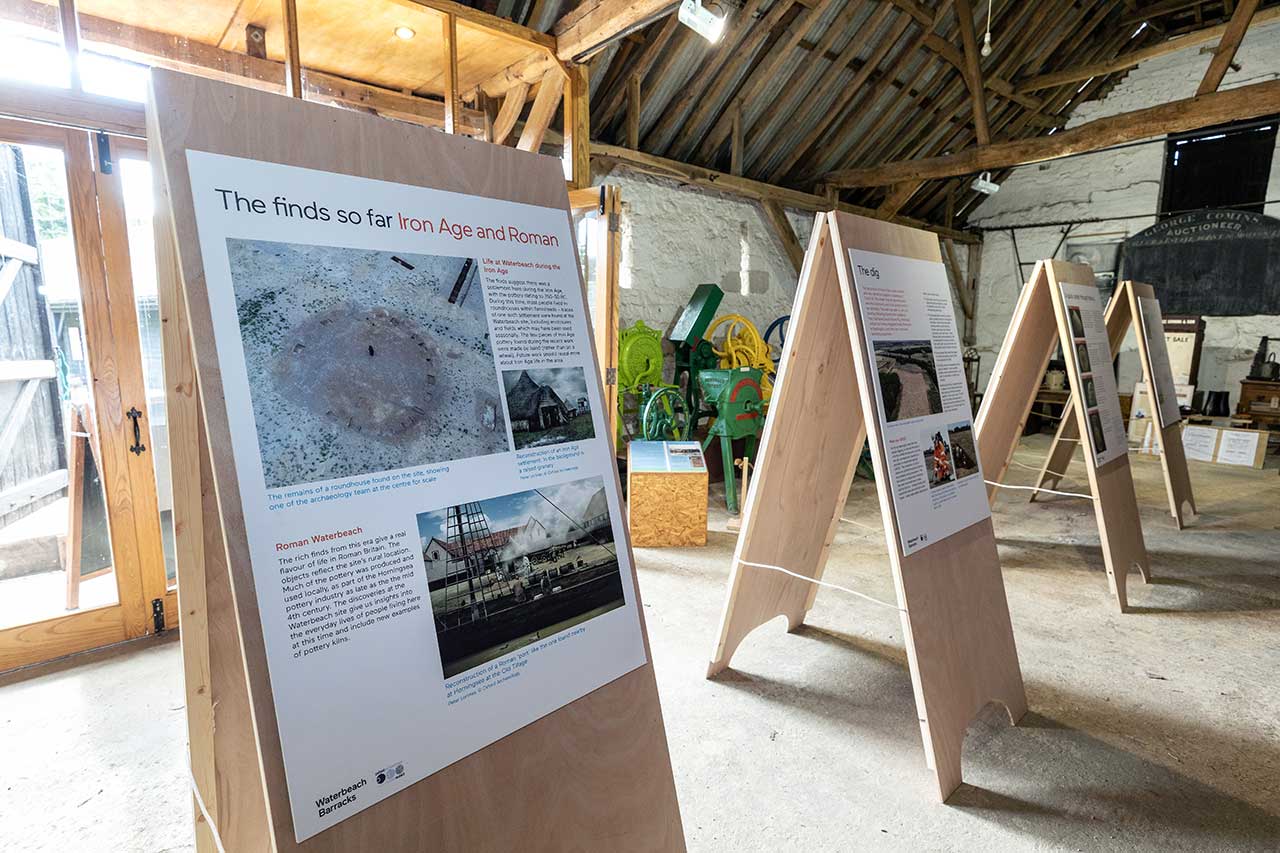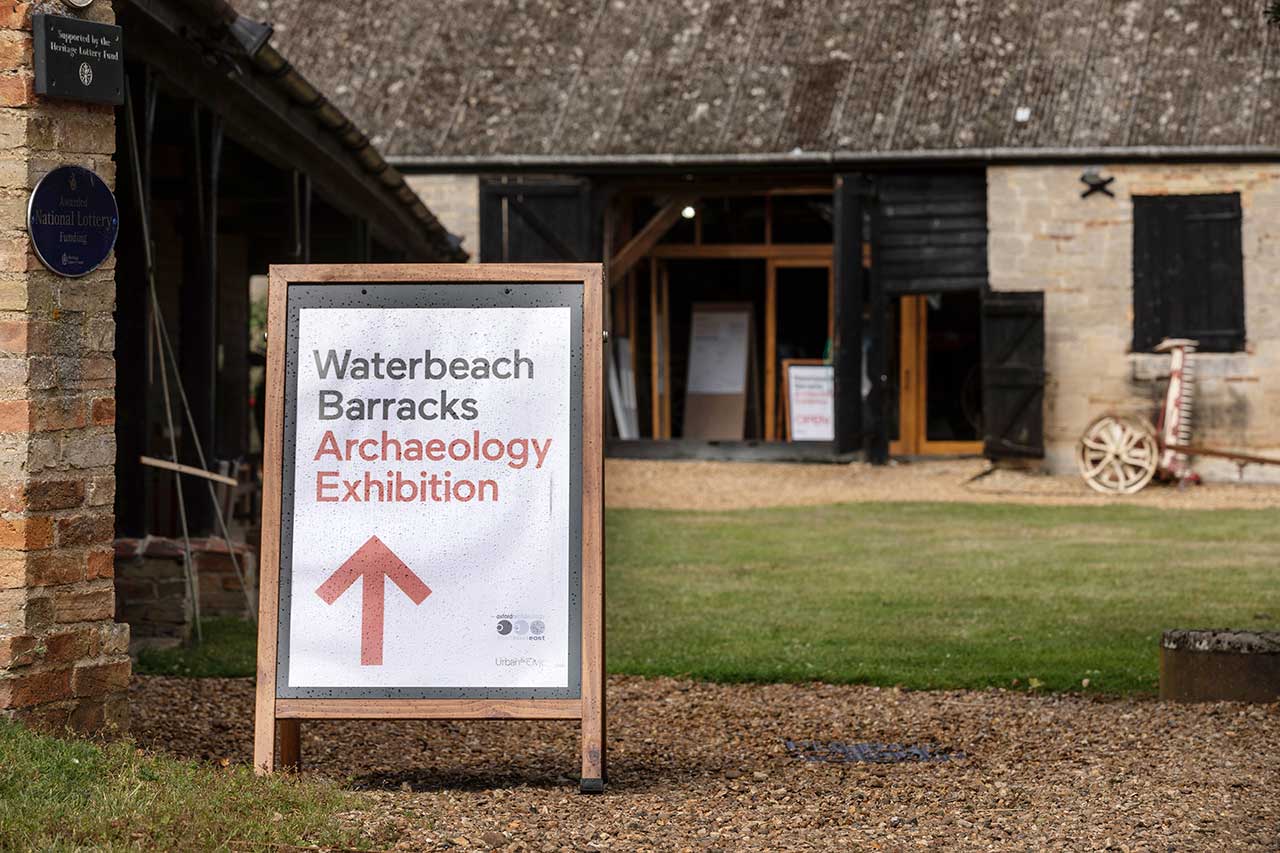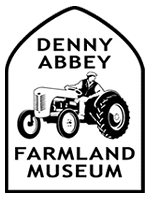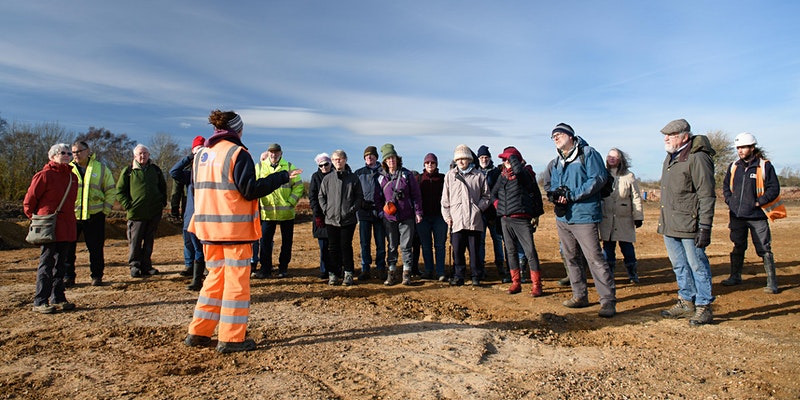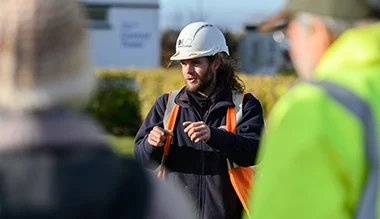Archaeology
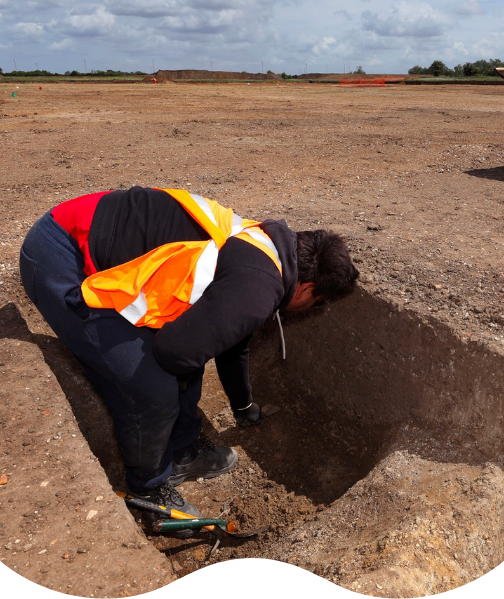
Embracing our heritage
Waterbeach Barracks sits at the heart of two major routeways built by the Romans: Akeman Street, which runs from near Wimpole up to Ely and on to Denver in Norfolk (almost on the line of the current A10) and a Roman canal called the Old Tillage.
This waterway was once referred to as Car Dyke and was believed to have run all the way from Waterbeach to Lincoln. However, we now know that the Cambridgeshire stretch of the canal did not link directly to the Car Dyke system.
These routeways were built at the peak of Roman Britain, and that era dominates the archaeology and historic landscape unveiled by the first round of archaeological investigations carried out at the former Barracks and Airfield at Waterbeach in 2020.
We know that the land north of Cambridge around Waterbeach, Landbeach, Milton and Cottenham has been occupied since as early as the Iron Age (800 BC–AD 43).
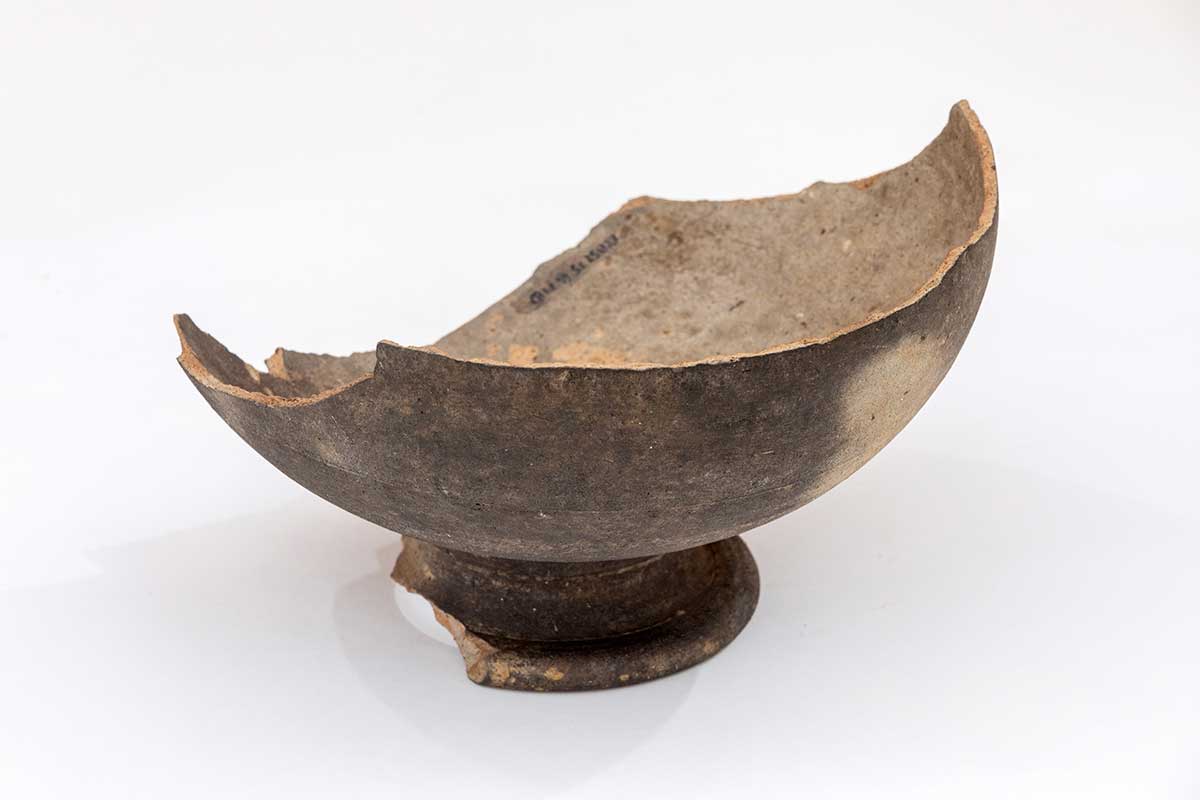
Archaeology periods timeline
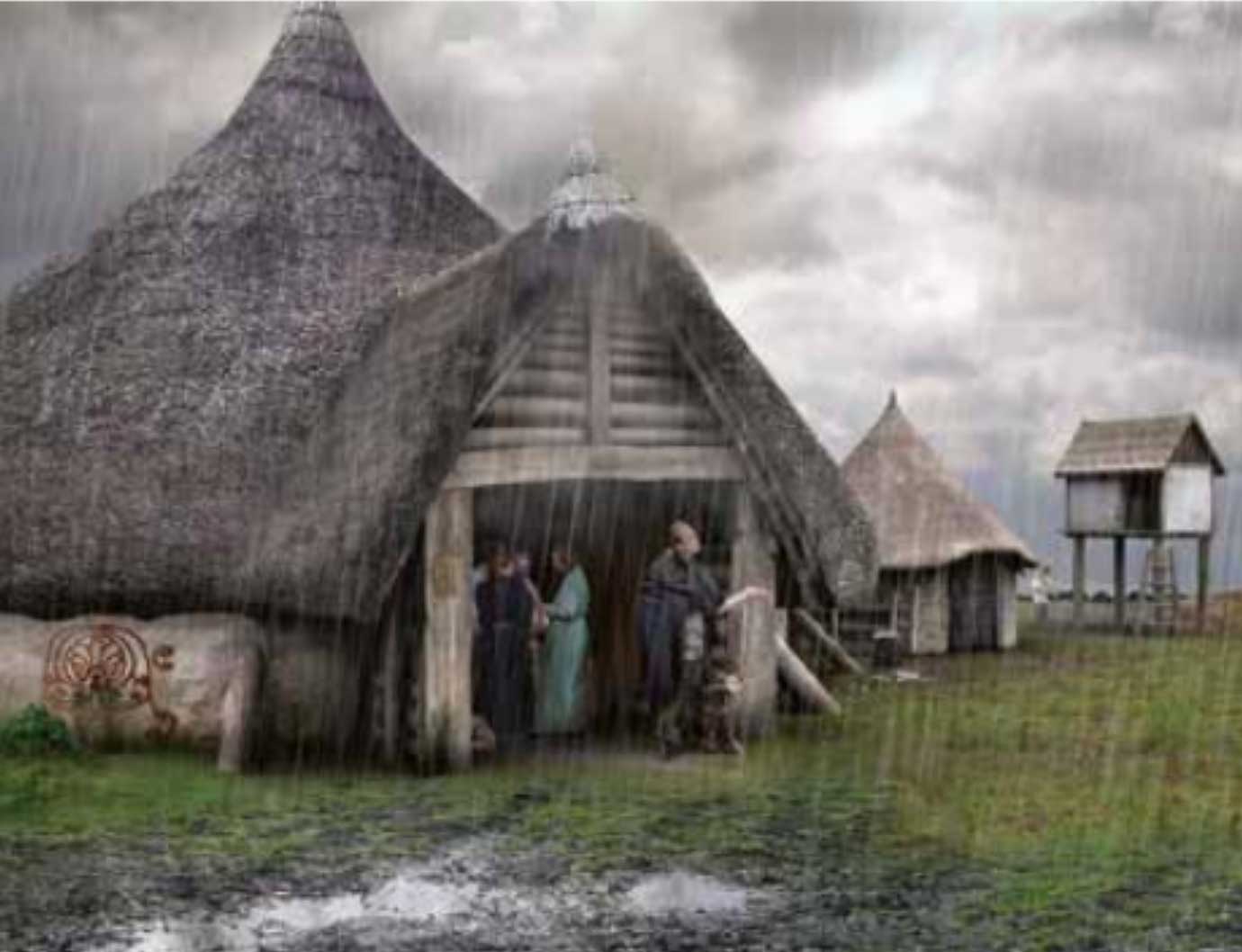
Reconstruction of an Iron Age settlement
Peter Lorimer, © Oxford Archaeology
> AD 43
Roman Britain
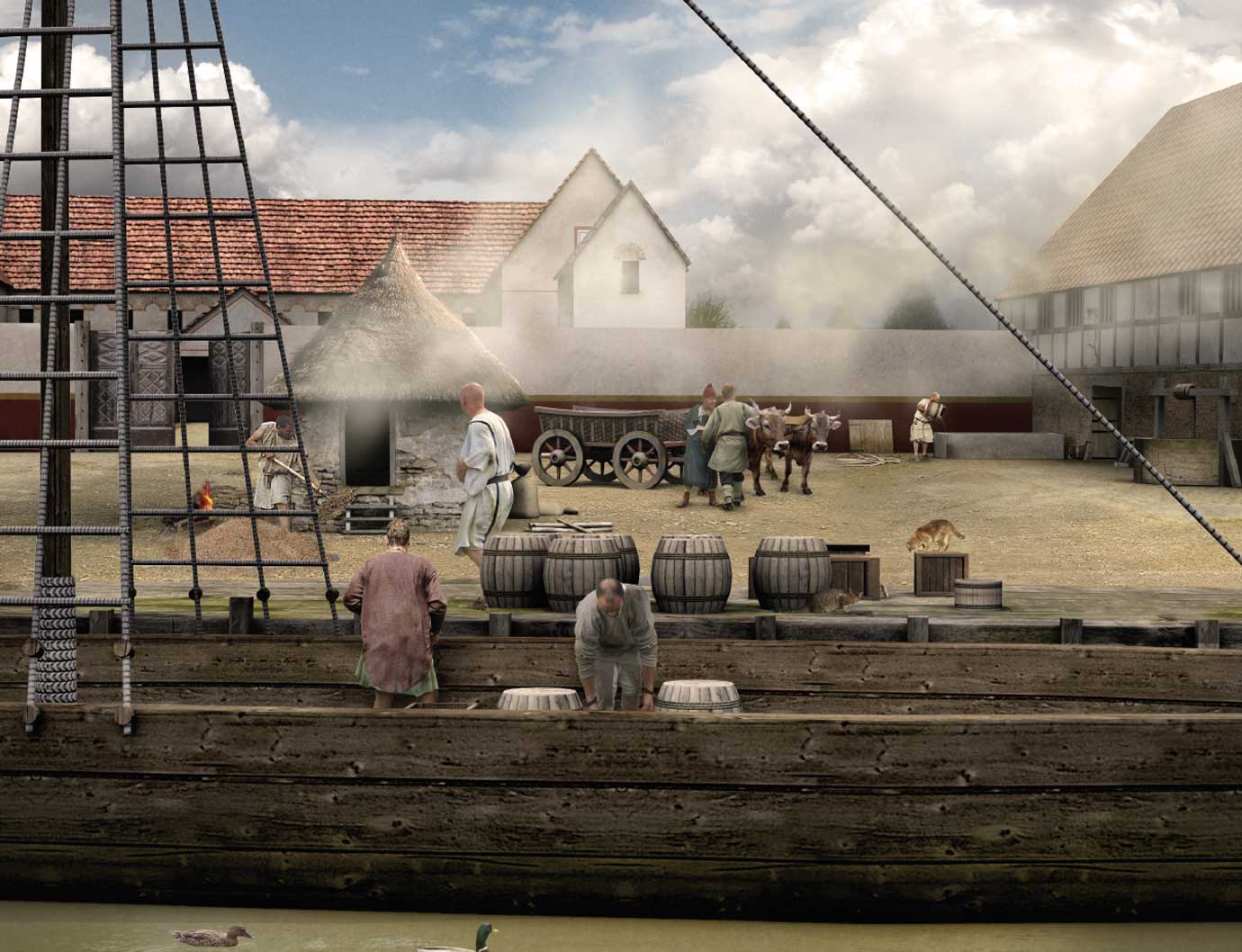
A reconstruction of a Roman 'port' like the one found nearby
Peter Lorimer, © Oxford Archaeology
> AD 410
Anglo Saxon
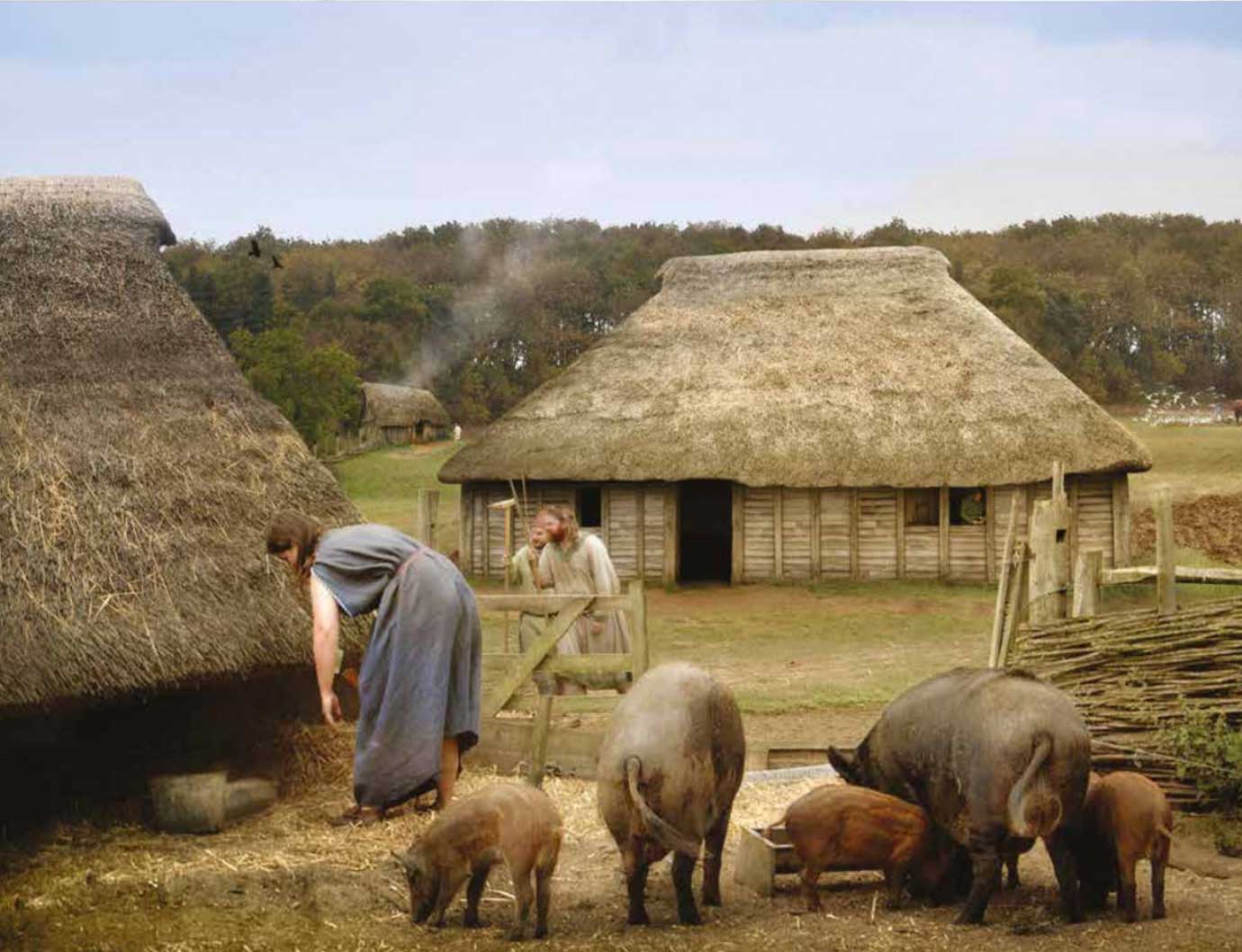
Reconstruction of an Anglo Saxon farm, showing hall type buildings
Peter Lorimer, © Oxford Archaeology
> AD 1066
Medieval
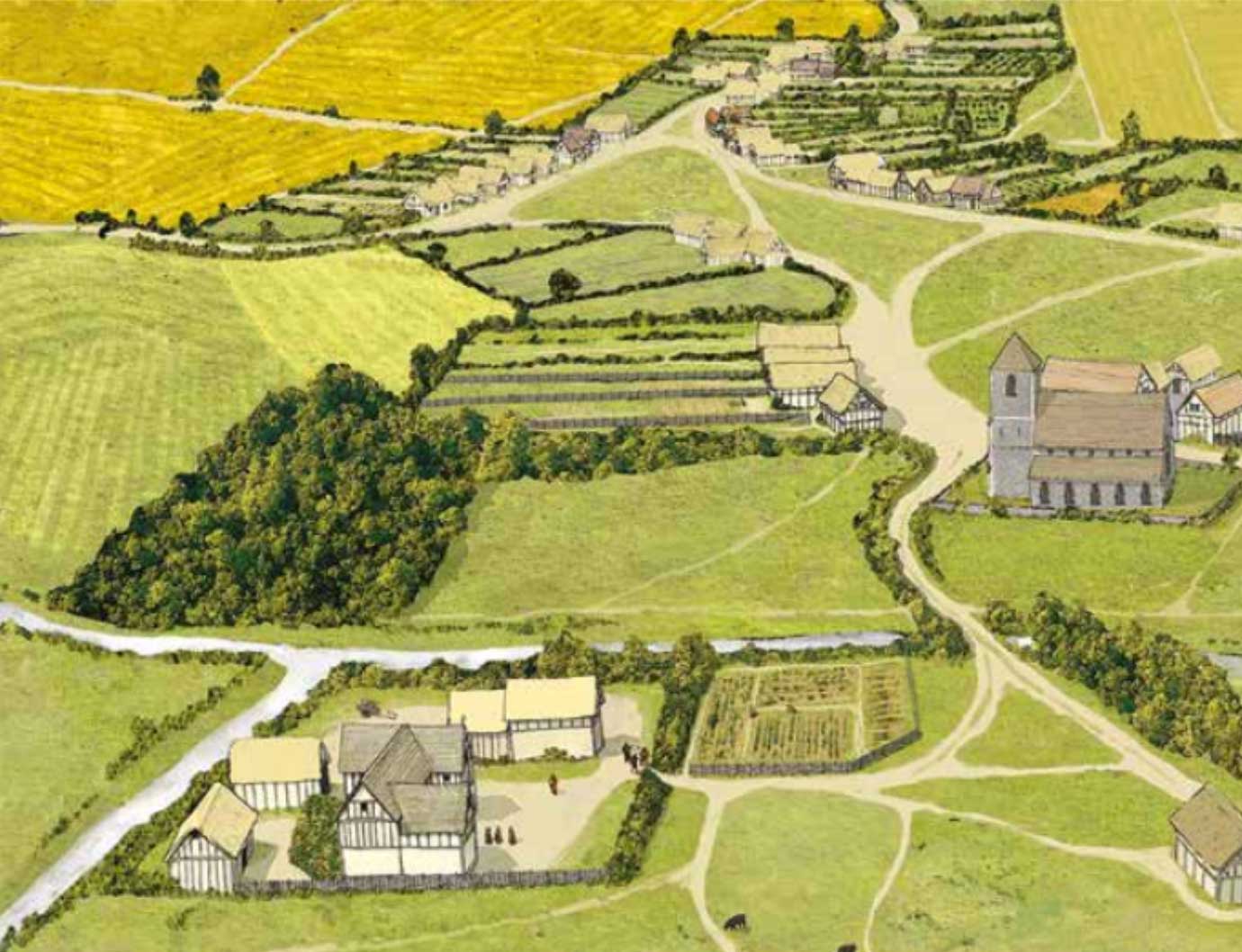
A reconstruction of Waterbeach Abbey
Jon Cane, © Cambridgeshire County Council
Archaeology in action
Artefact gallery
Large storage jar

This ‘Horningsea ware’ was initially shaped by hand and finished on a kick-wheel, a technology introduced to Britain by the Romans.
Samian ware
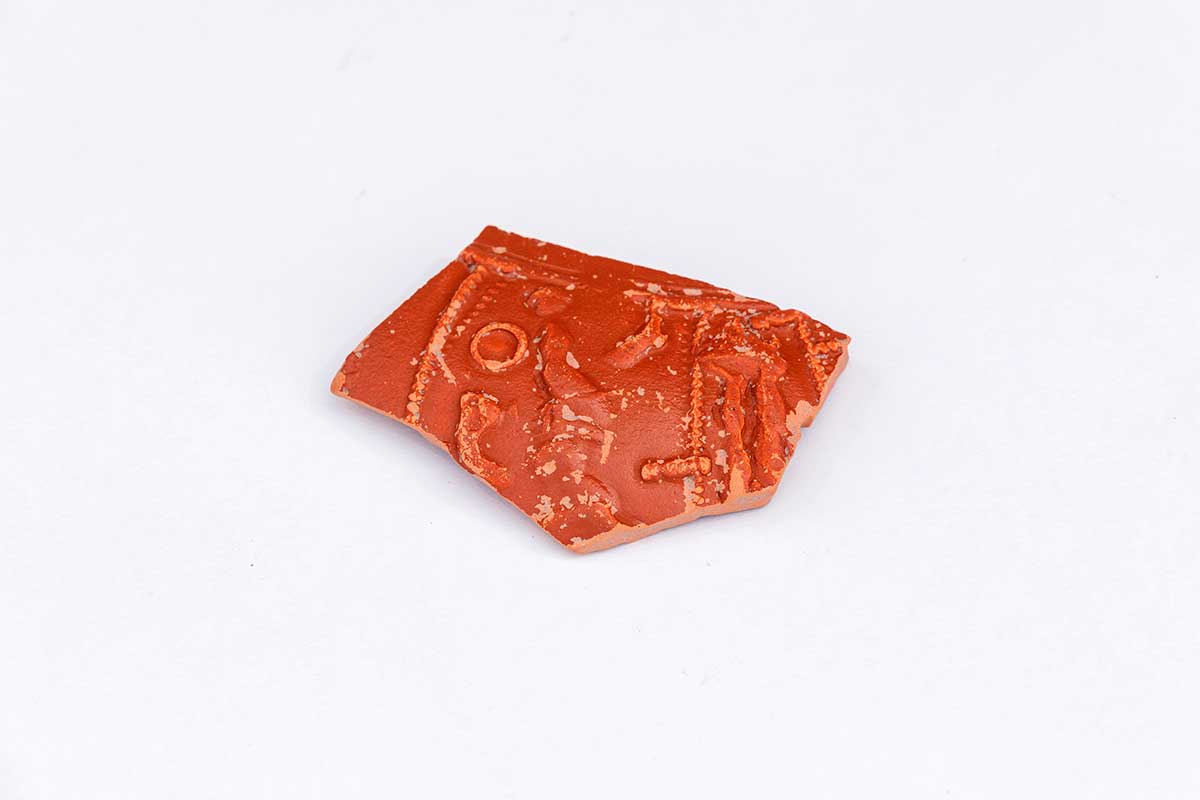
This is a broken fragment or ‘sherd’ of pottery known as ‘Samian ware’, mass-produced in Gaul (France) and exported throughout the Roman Empire.
Roman coins
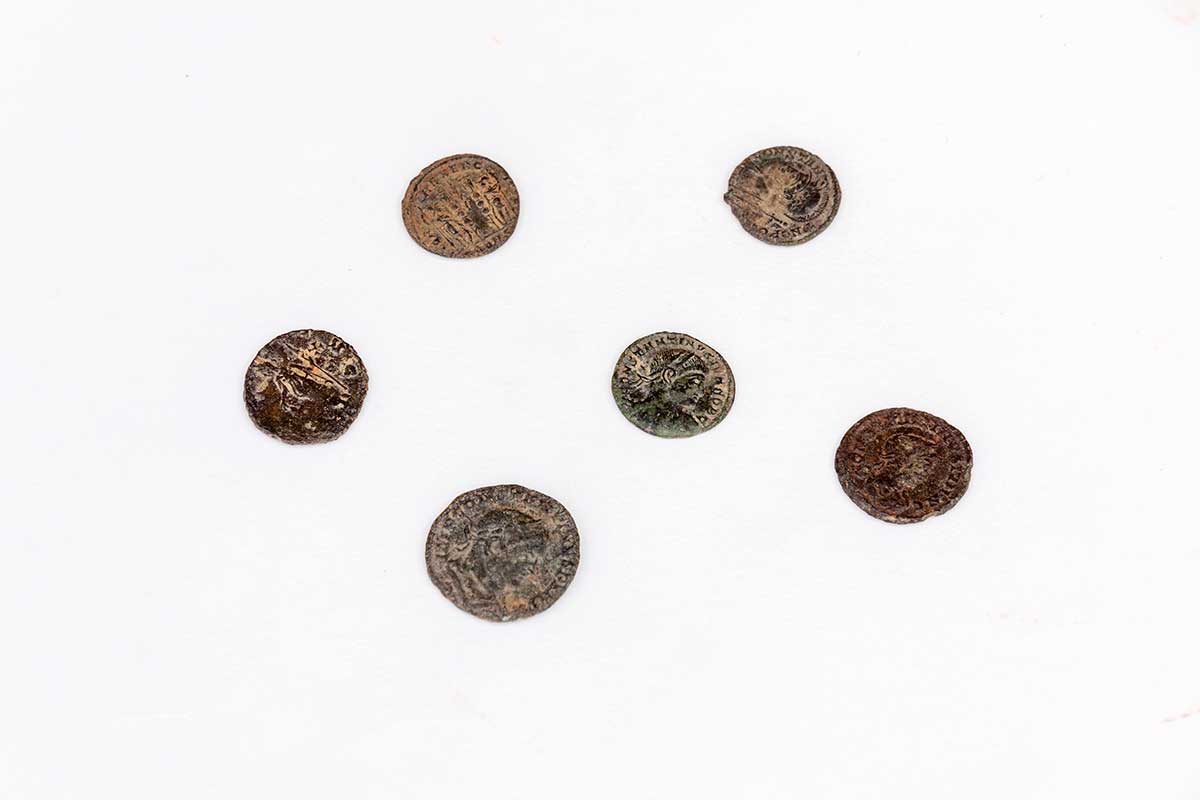
Most of the coins found during the first phase of excavation date from the 3rd and 4th centuries AD. Including a coin of Constans (AD 340-44) and two coins from the reign of Magnus Maximus (AD 383-88)
Cremation vessel
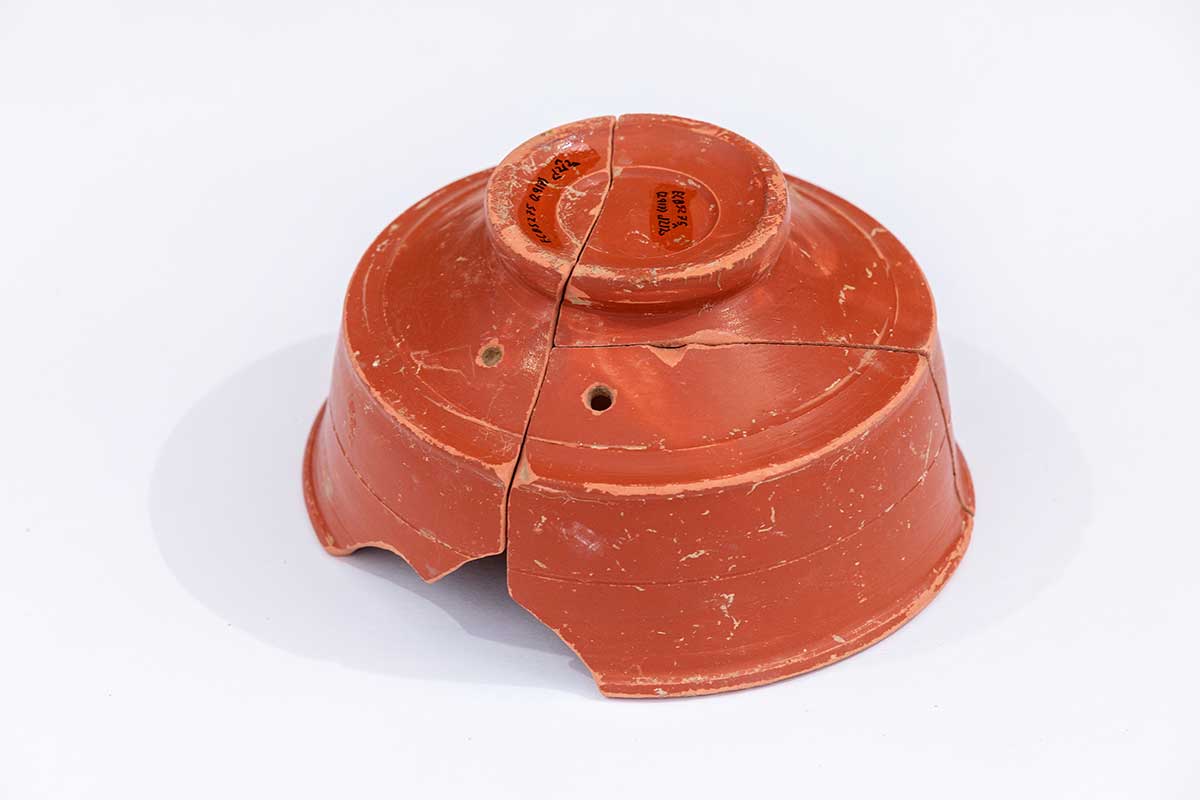
A small pottery vessel made in south Gaul (France) and imported to Romano-Britain. This red pottery with a glossy surface is known as ‘Samian ware
Axe head
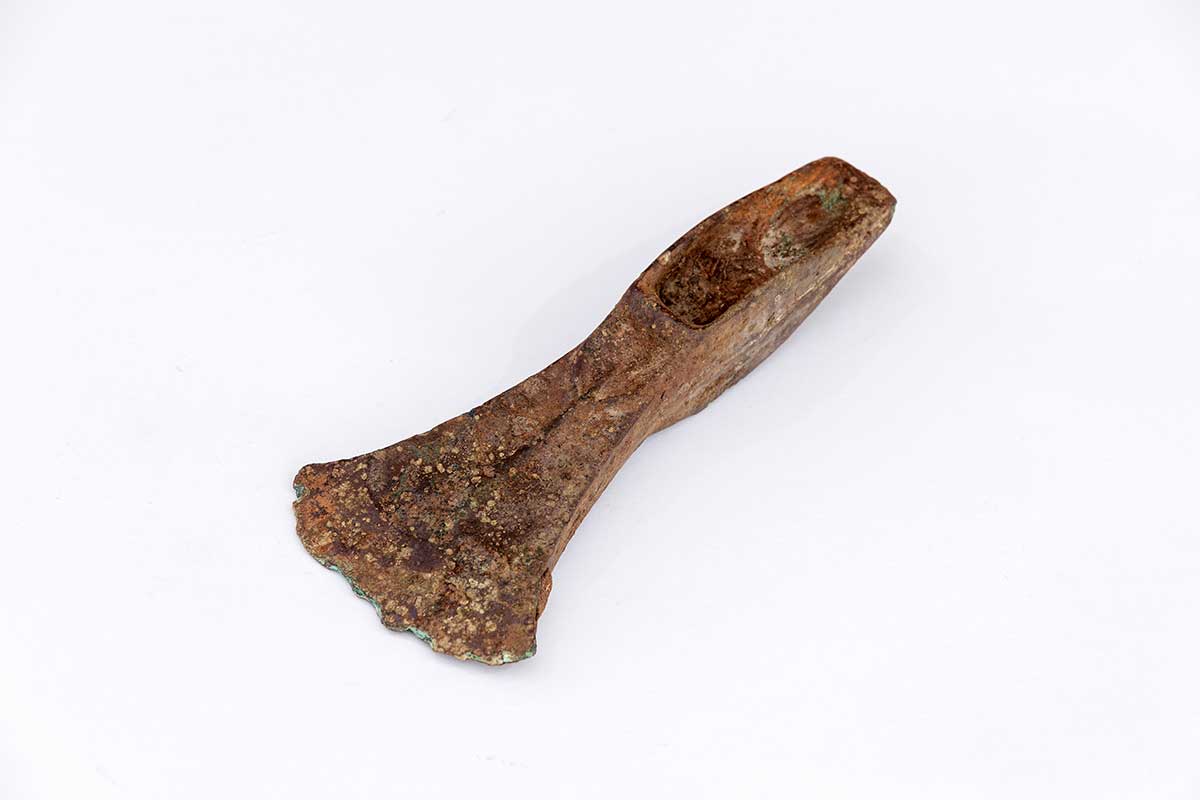
This is a type of axe head known as a ‘palstave’, cast from bronze using a two-piece mould usually made of clay, stone or bronze.
Spindle whorl
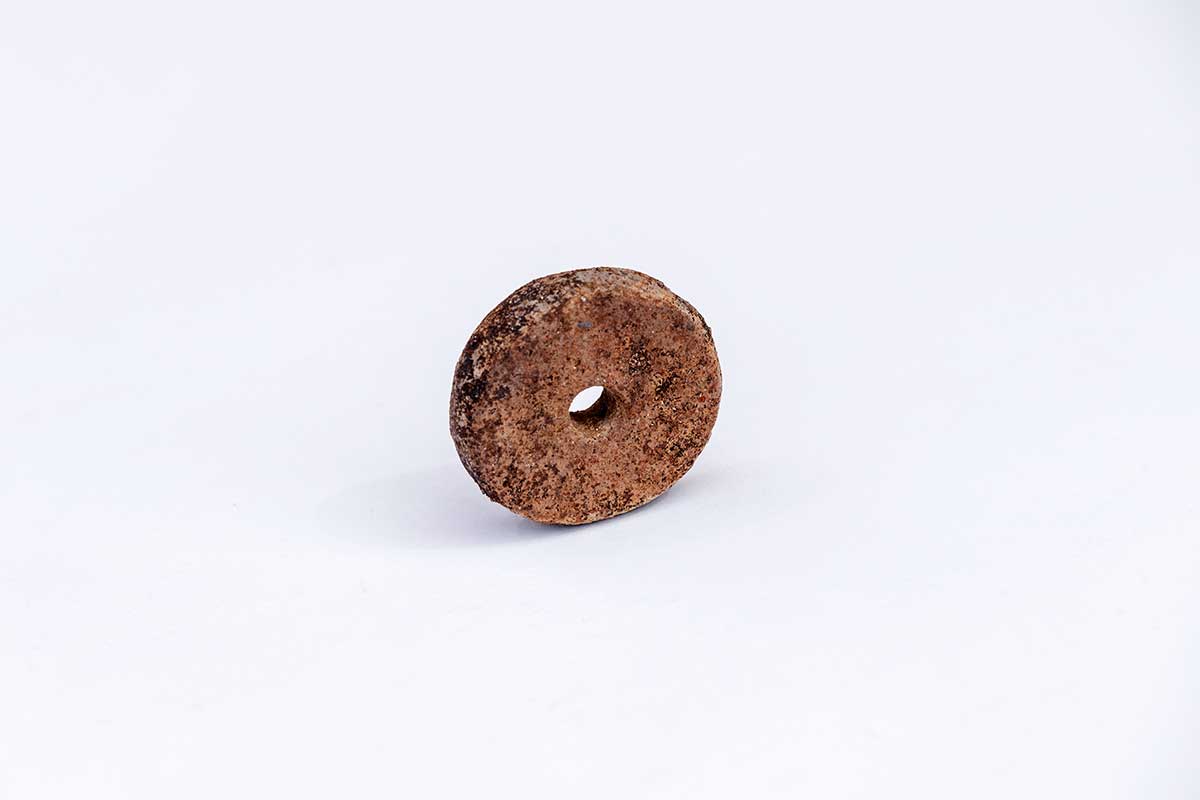
Whorls were made from a variety of materials and this example is made from a coarse ceramic. It dates to the late Iron Age or early Romano-British period, about 2,000 years ago.
